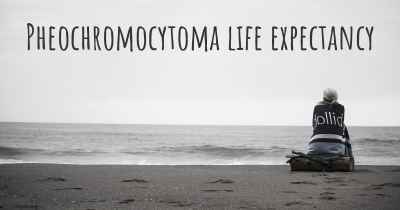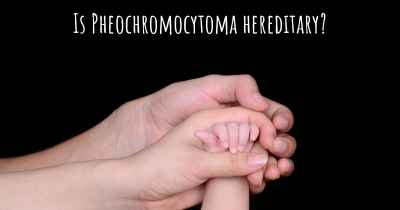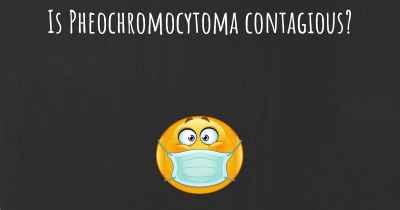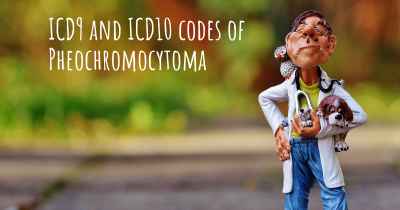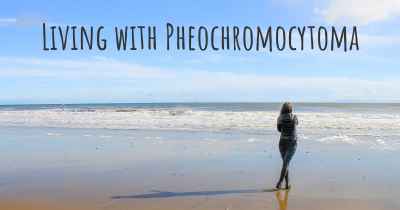What is the history of Pheochromocytoma?
When was Pheochromocytoma discovered? What is the story of this discovery? Was it coincidence or not?
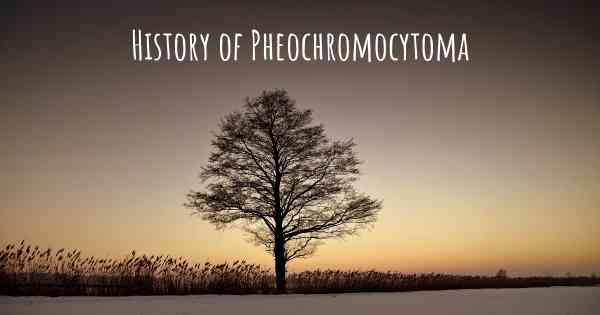
Pheochromocytoma is a rare neuroendocrine tumor that arises from the chromaffin cells of the adrenal medulla or sympathetic ganglia. It was first described in the late 19th century, and its understanding and management have evolved significantly over time.
Discovery and Early Observations
The first recorded case of pheochromocytoma dates back to 1886 when Dr. Felix Fränkel, a German pathologist, identified a tumor in the adrenal gland of a patient who had died from hypertensive crisis. Fränkel initially named the tumor "paraganglioma" due to its location outside the adrenal gland. However, it was later recognized that most of these tumors originated from the adrenal medulla, leading to the adoption of the term "pheochromocytoma" in 1912 by Dr. E. Frankel.
Advancements in Diagnosis
During the early 20th century, the diagnosis of pheochromocytoma was challenging due to limited understanding and diagnostic tools. However, in the 1950s, the development of radioisotope scanning techniques, such as the use of iodine-131-metaiodobenzylguanidine (MIBG), revolutionized the detection of these tumors. MIBG scintigraphy became a valuable tool for localizing pheochromocytomas and assessing metastatic spread.
Understanding the Pathophysiology
It was not until the mid-20th century that researchers began to unravel the pathophysiology of pheochromocytoma. In the 1950s, Dr. Irvine H. Page and his colleagues discovered that the tumor secreted excessive amounts of catecholamines, including adrenaline and noradrenaline, leading to the characteristic symptoms of hypertension, palpitations, and sweating. This finding provided a crucial link between the tumor and the clinical manifestations.
Surgical Advances
With the understanding of pheochromocytoma's pathophysiology, surgical management became the primary treatment approach. In the 1960s, Dr. Charles Huggins introduced the concept of preoperative alpha-adrenergic blockade to control blood pressure before surgery, reducing the risk of intraoperative hypertensive crises. This breakthrough significantly improved surgical outcomes and patient safety.
Genetic Discoveries
In the late 20th century, genetic studies shed light on the hereditary nature of pheochromocytoma. In the early 1990s, researchers identified mutations in the RET proto-oncogene associated with multiple endocrine neoplasia type 2 (MEN2), which often includes pheochromocytoma as one of its manifestations. Subsequently, other genetic mutations, such as those in the von Hippel-Lindau (VHL) gene and succinate dehydrogenase (SDH) genes, were also linked to the development of pheochromocytoma.
Advancements in Imaging
As medical imaging techniques improved, the diagnosis and localization of pheochromocytomas became more accurate. Computed tomography (CT) and magnetic resonance imaging (MRI) allowed for detailed visualization of the adrenal glands and surrounding structures, aiding in surgical planning and assessment of tumor characteristics.
Current Management Approaches
Today, the management of pheochromocytoma involves a multidisciplinary approach. Surgical resection remains the primary treatment for localized tumors, with laparoscopic techniques becoming increasingly common. Preoperative alpha-adrenergic blockade is still employed to control blood pressure, and careful intraoperative monitoring is essential to prevent hypertensive crises.
For patients with metastatic or unresectable tumors, targeted therapies have emerged as a promising option. Medications that inhibit the production or action of catecholamines, such as alpha-adrenergic blockers and beta-blockers, are used to control symptoms and reduce cardiovascular complications.
Conclusion
The history of pheochromocytoma spans over a century of medical advancements. From its initial discovery to the understanding of its pathophysiology and the development of improved diagnostic and surgical techniques, significant progress has been made in the management of this rare tumor. Ongoing research continues to uncover genetic factors and explore novel treatment modalities, offering hope for further advancements in the future.
Posted Jul 5, 2018 by Anderson 2550
Within a few he had passed. At autopsy the tumor was found. The doctor was so interested he started researching...in the days before computers.
Posted Jul 5, 2018 by Helen 2500
Posted Jul 11, 2018 by Eme lou 3000
